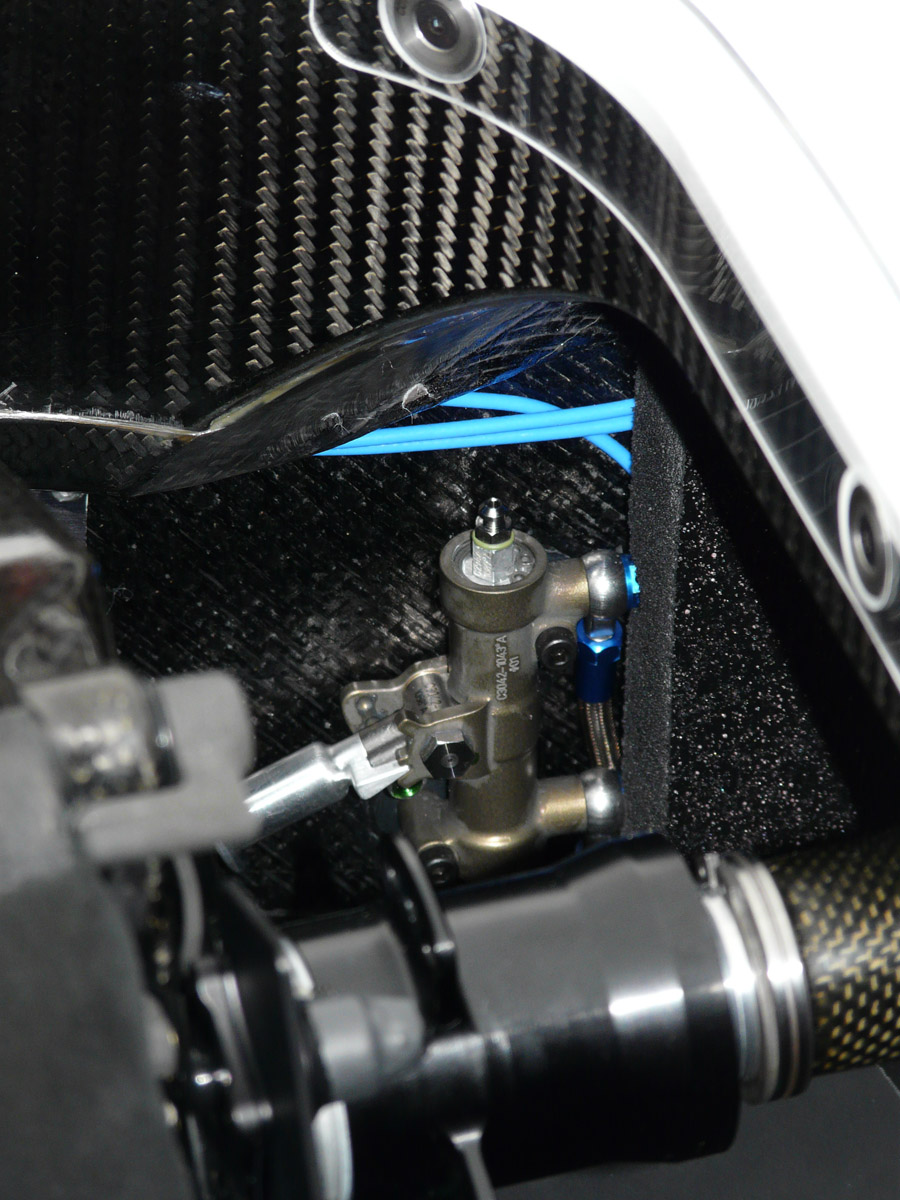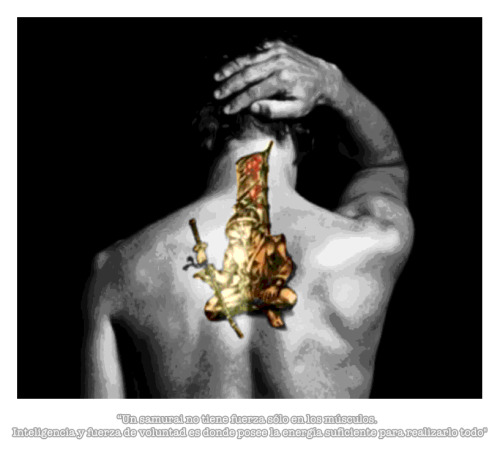hardingfv32 wrote:gato azul wrote:Ask yourself what would happen, if after a bit of travel, one MC could not move anymore, or only against a spring (which would mean that one , is taken up by the spring), but the pedal and other MC still move.
What would that mean to the brake force/pressure distribution and the bias? Maybe the bias is not constant over the full range of pedal movement &/or brake pressure range?
And please stop with this, "but I have never seen it in a shop/catalog , so I doubt it exist" way of thinking,
1) I would question 'one MC could not move anymore'. This would seem against the basic safety premise of a dual master cylinder system... that you have one circuit available in the other circuit fails.
2) Losing 'part of the force coming from the pedal' is not acceptable with the forces required to stop a F1 car.
3) The quote is "If a lever system was easy to do, I would expect it to be commercially available." This statement is accurate when discussing the easy of designing a lever type system. IF it were easy, it would become commercially available. This say nothing about wether it is possible or not.
Brian
1) If the circuit with the limited travel cylinder fails, it would not matter, if the other circuit fails, you would still be able to apply pressure in the circuit which has the travel/pressure limit, whats the problem with that? What would be the benefit to be able to apply more pressure, if you have allready reached the point where the wheel starts to lock?
2) says who? - You?!!! what you be the benefit of increasing pressure at one/the axle which has reached their lock up threshold? Would it not be benefical to be able to limit the pressure build up in this axle, so that you can increase the pressure at the other end/axle until it reaches it's limit too?
3.) If it's very easy to design&produce, in fact so easy that any team can do it on their own, why would they bother spending money getting it from a supplier. To make something comercial viable, would mean being able to sell lots of it,
if the overal demand is limited ( 12 teams in F1) and the product is easy to make, low price/profit margin, why would someone bother to turn it into a business? Who says, that parts for such a system are not allready available?
As yourself, better draw a diagram and post it here, what the "optimum" brake force/pressure distrubution F/R would look like during a F1 style braking event. Is it a straight line or a parabel or what other slope has the line?
Then try to reach this distribution, with a fixed ratio F/R ( you can draw the effect of different ratios).
A standard 2MC with a balance bar setup with always have a fixed ratio for a given setting, you can change the ratio but it will always be fixed during the braking event ( assuming sufficent system stiffness, which in practice in not always given, but thats another matter).
But if you have already made uop your mind, and this is just another "Brian wants to argue a bit" thread, then enjoy it, maybe someone else wants to take up the task.








